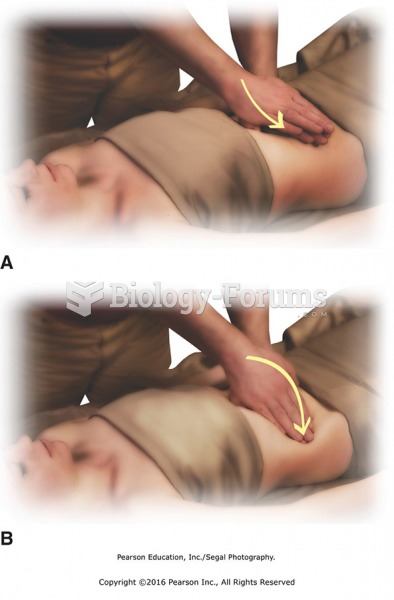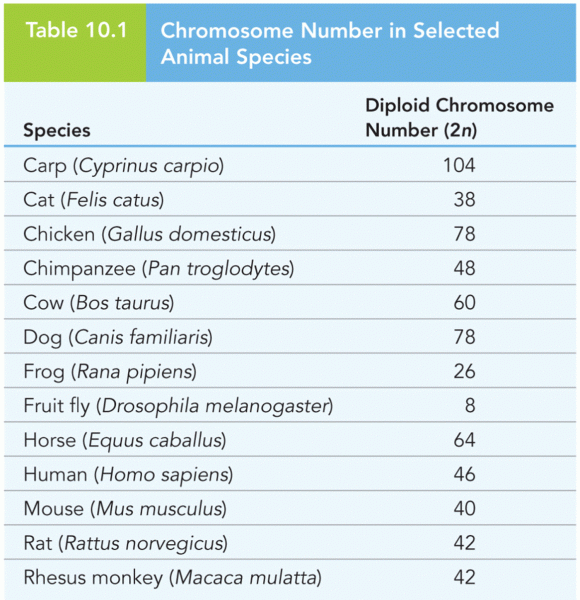|
|
|
Nearly 31 million adults in America have a total cholesterol level that is more than 240 mg per dL.
In 1886, William Bates reported on the discovery of a substance produced by the adrenal gland that turned out to be epinephrine (adrenaline). In 1904, this drug was first artificially synthesized by Friedrich Stolz.
Tobacco depletes the body of vitamins A, C, and E, which can result in any of the following: dry hair, dry skin, dry eyes, poor growth, night blindness, abscesses, insomnia, fatigue, reproductive system problems, sinusitis, pneumonia, frequent respiratory problems, skin disorders, weight loss, rickets, osteomalacia, nervousness, muscle spasms, leg cramps, extremity numbness, bone malformations, decayed teeth, difficulty in walking, irritability, restlessness, profuse sweating, increased uric acid (gout), joint damage, damaged red blood cells, destruction of nerves, infertility, miscarriage, and many types of cancer.
In 1835 it was discovered that a disease of silkworms known as muscardine could be transferred from one silkworm to another, and was caused by a fungus.
The heart is located in the center of the chest, with part of it tipped slightly so that it taps against the left side of the chest.
 Conscientiousness is negatively correlated with a number of health-related behaviors. The higher the ...
Conscientiousness is negatively correlated with a number of health-related behaviors. The higher the ...
 The distribution of cones and rods over the human retina. The figure illustrates the number of cones ...
The distribution of cones and rods over the human retina. The figure illustrates the number of cones ...





